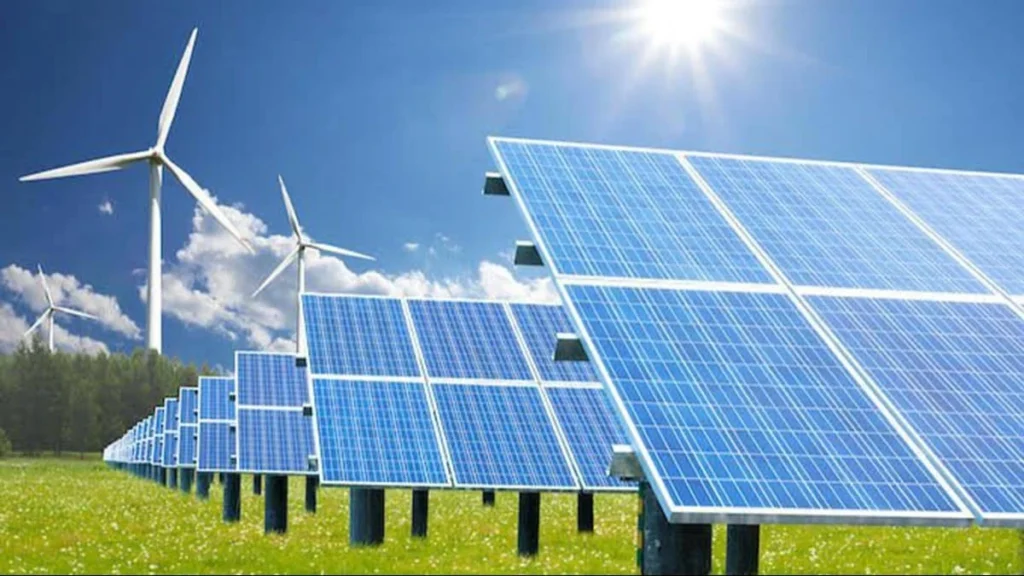The share of coal and lignite in India’s total installed capacity fell below 50% for the first time as per the CEEW Centre for Energy Finance (CEEW-CEF) Market Handbook.
Key Highlights of the Study:
Capacity and Energy Mix
- Total Installed Capacity: India’s energy capacity hit 442 GW.
- Renewable and Hydro Power: Now make up 33% and 11% of the total energy capacity, respectively.
- Reduction in Coal and Lignite: Fell below 50% of total installed capacity for the first time, marking a significant shift towards cleaner energy sources.
Renewable Energy Developments
- Dominance of Solar Energy: Solar installations (both grid-scale and rooftop) accounted for 81% of the added renewable capacity.
- Increase in Wind Capacity: Nearly doubled from the previous year, signaling robust growth in wind energy investments.
- Addition of Nuclear Capacity: First addition since FY17, diversifying the energy mix further.
Auctions and Economic Implications
- Record Auctions: About 41 GW of renewable capacity was auctioned in FY24, the highest ever.
- Innovation in Auctions: Integration of energy storage in eight major auctions.
- Financial Strategies: Emphasis on the need for more innovative financing mechanisms such as corporate green bond issuances to support growing renewable bids.
Power Demand and Government Policies
- Peak Power Demand: Reached a record 240 GW driven by economic activity and climatic factors.
- Policy Enhancements: Introduction of policies to sell un-requisitioned surplus power and promote competitive pricing.
- Promotion of Rooftop Solar: Through PM Surya Ghar: Muft Bijli Yojana, aiming to add approximately 30 GW.
Green Financing
- FDI in Non-Conventional Energy: Exceeded USD 2 billion for the second year running.
- Growth in Green Bonds: RBI’s sovereign green bonds auctions increased to INR 20,000 crore to facilitate the financing of green energy projects.
| UPSC IAS Preparation Resources | |
| Current Affairs Analysis | Topperspedia |
| GS Shots | Simply Explained |
| Daily Flash Cards | Daily Quiz |



